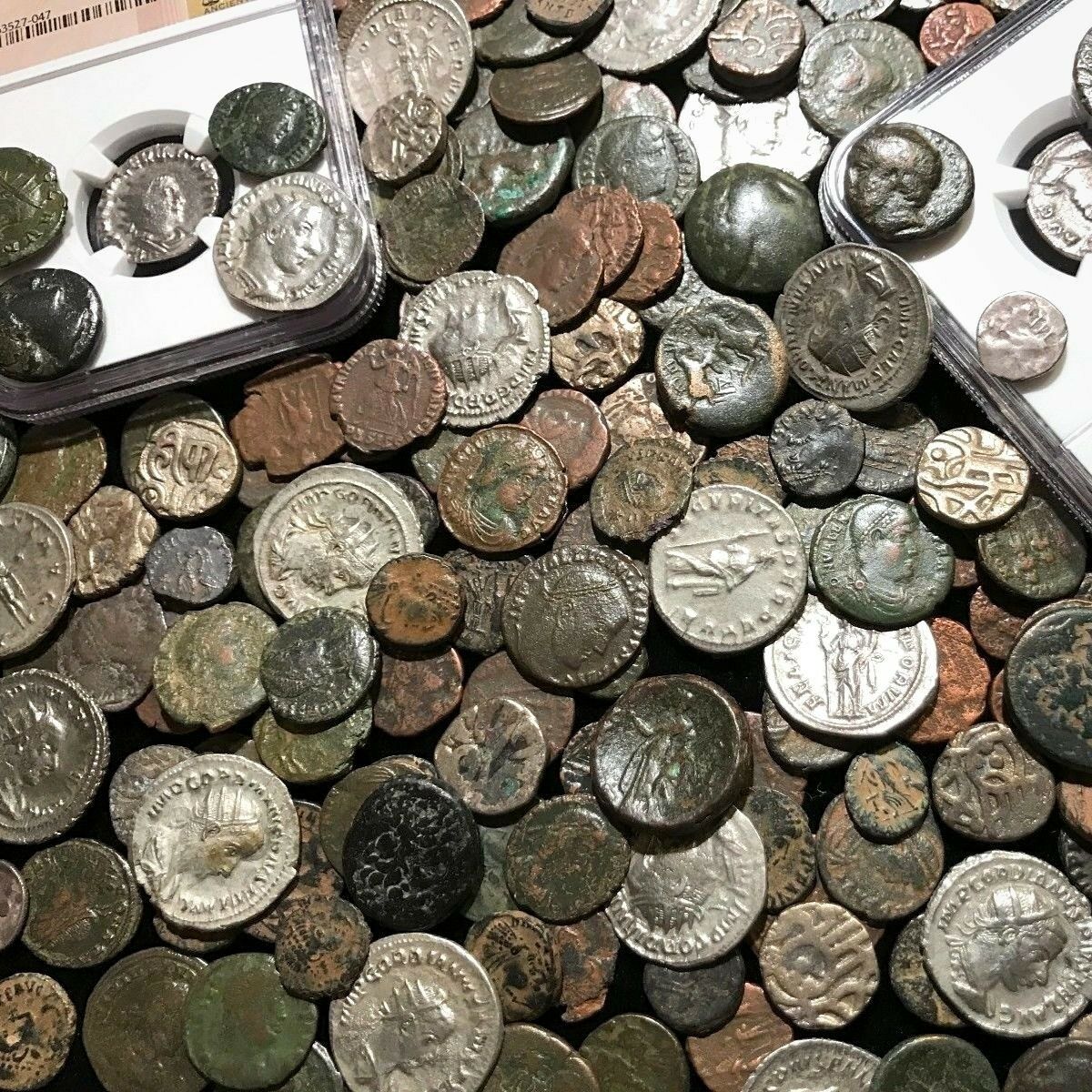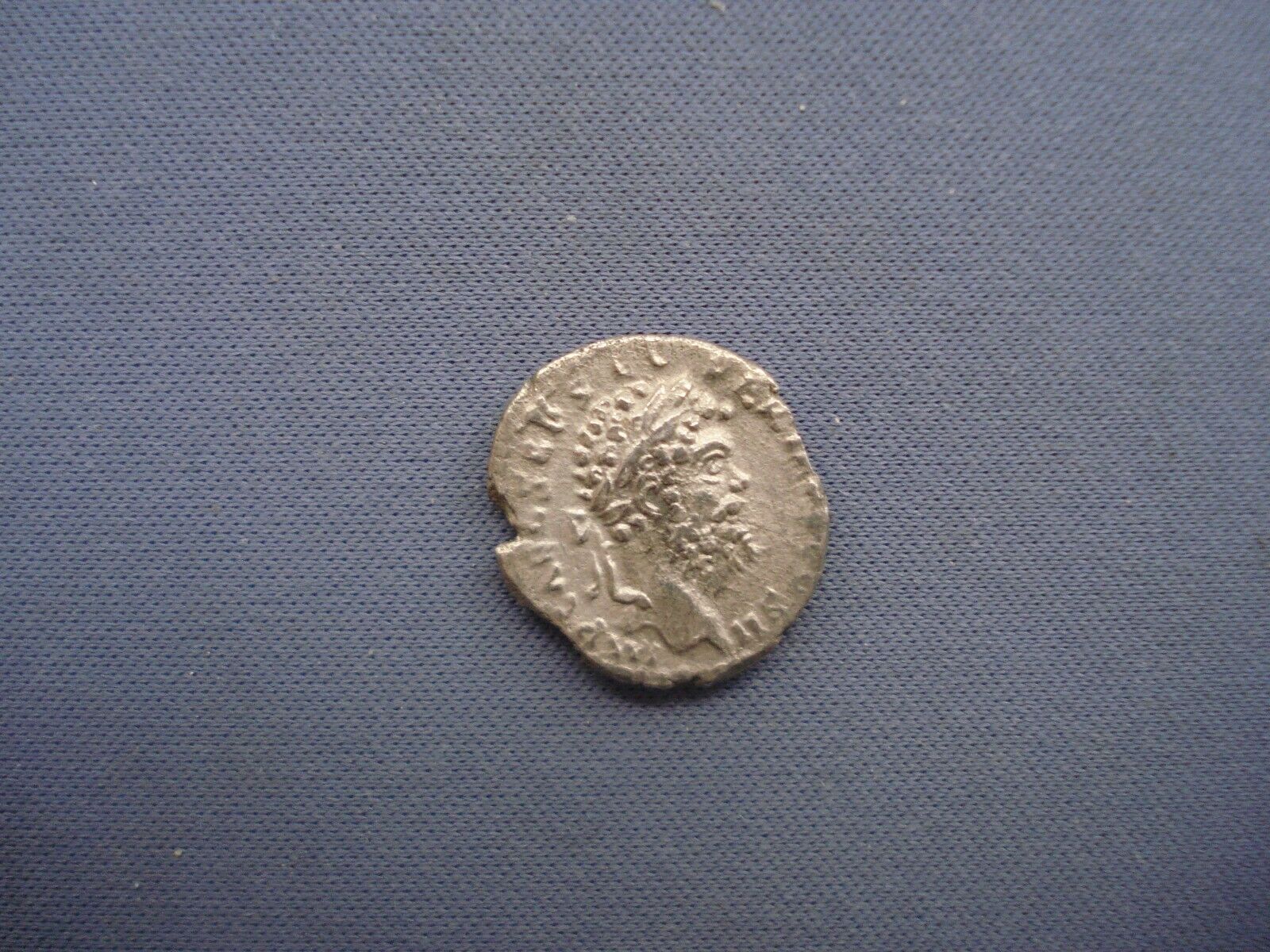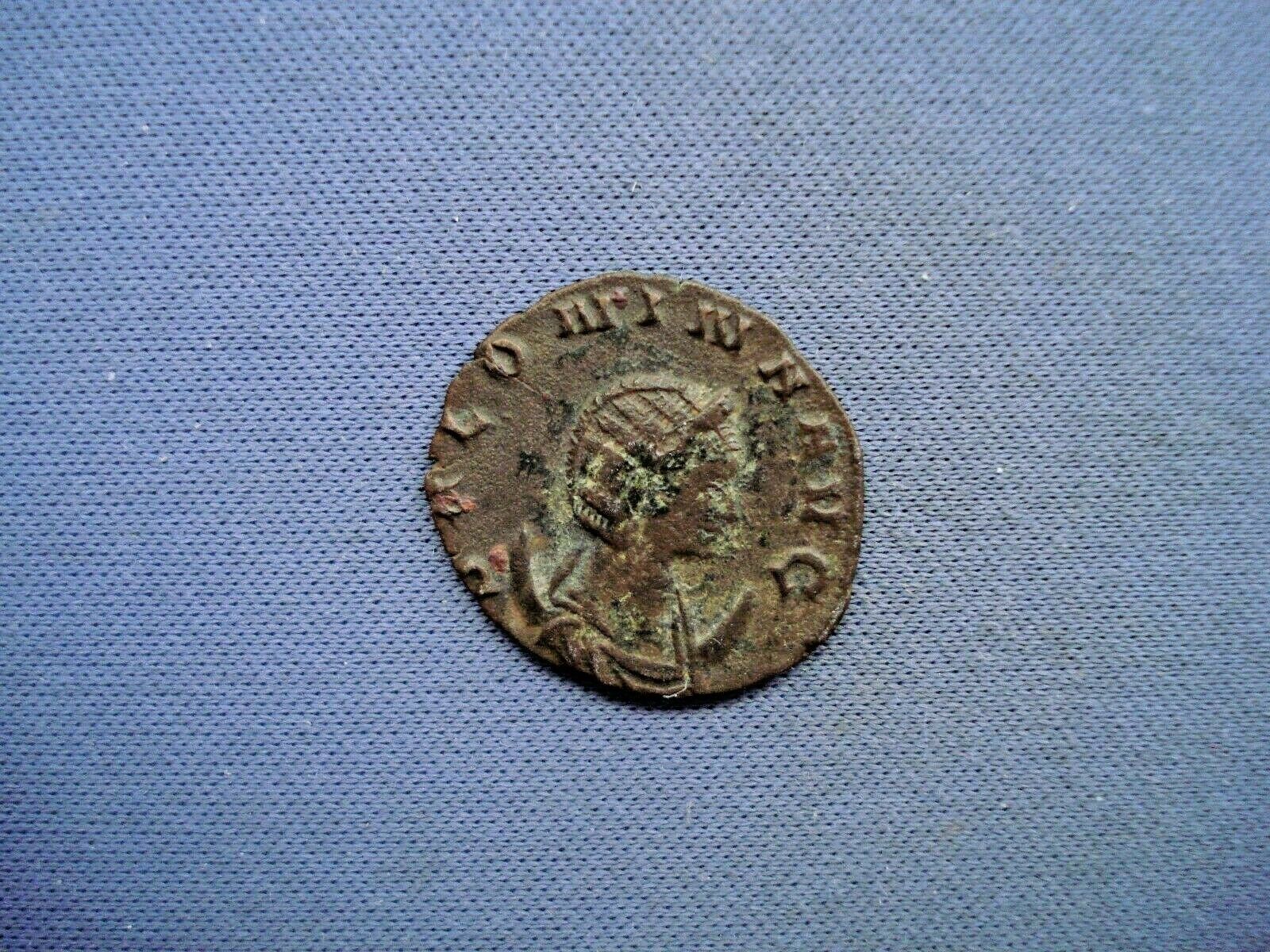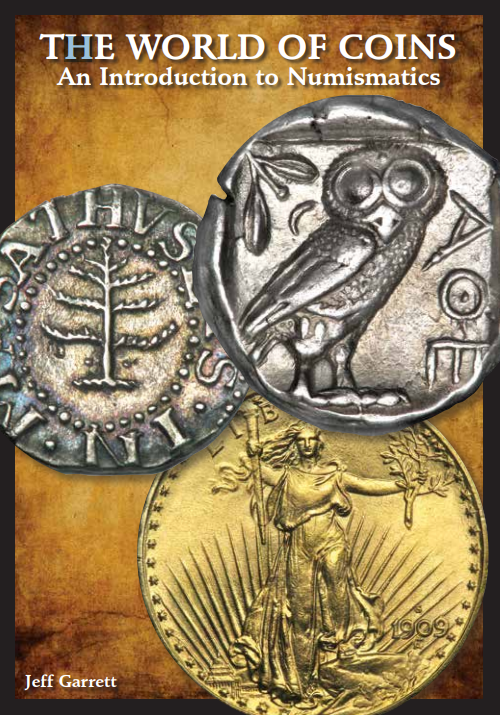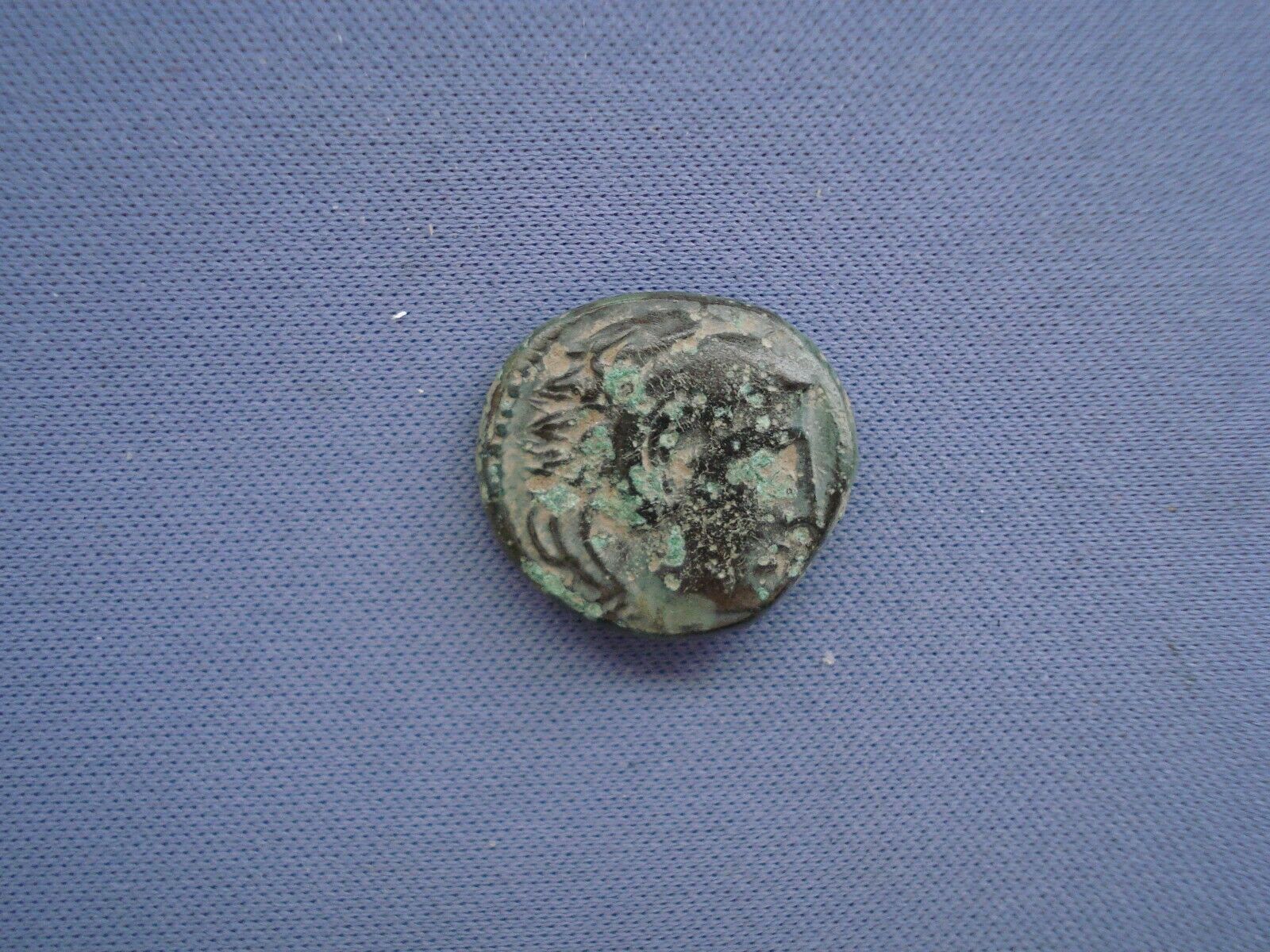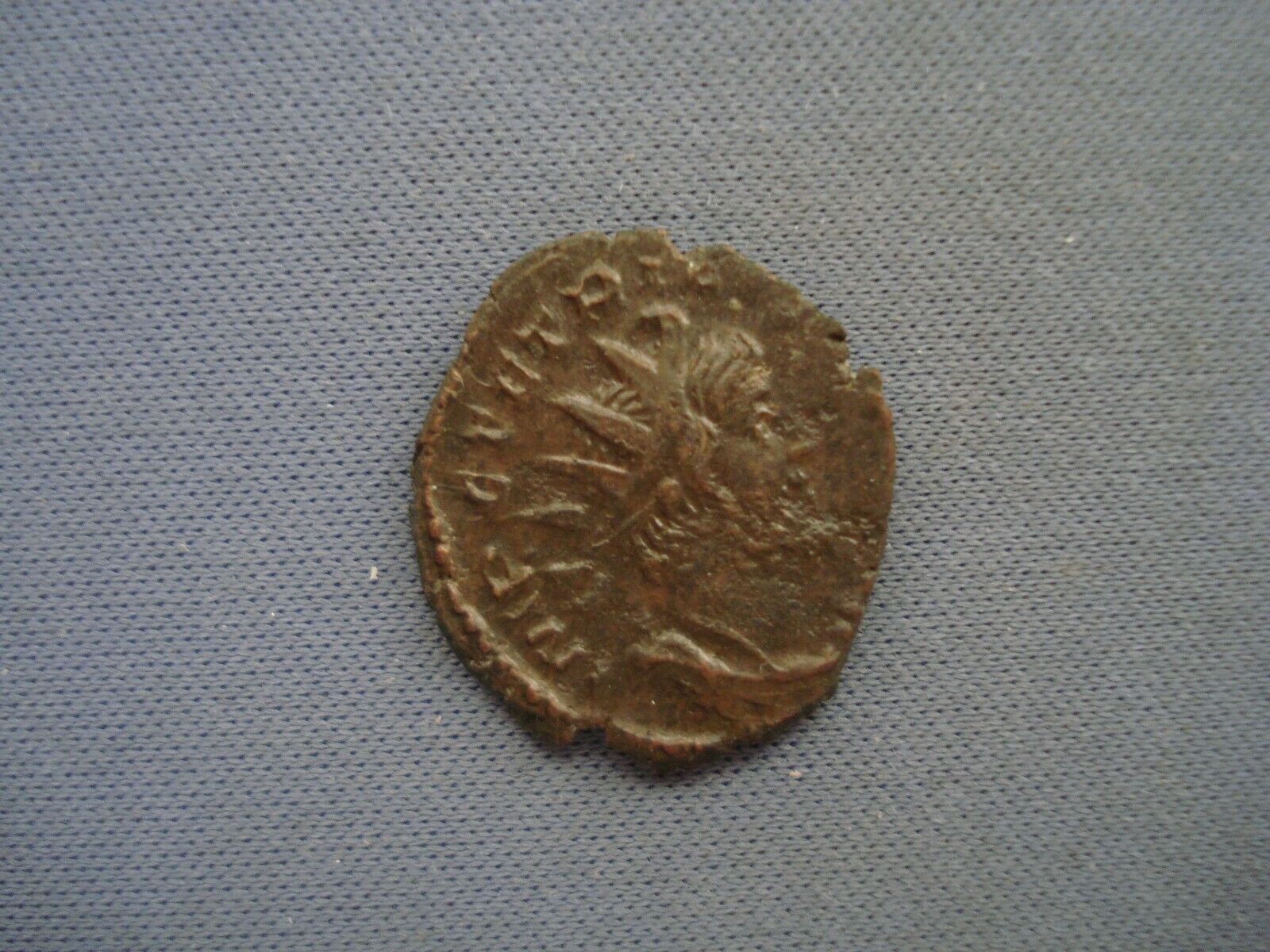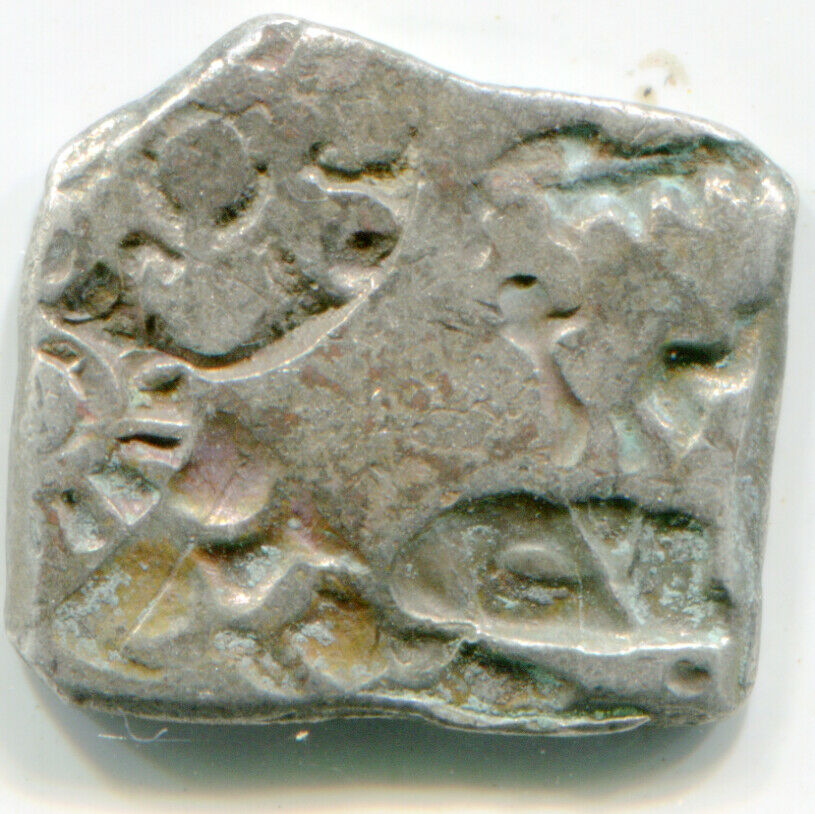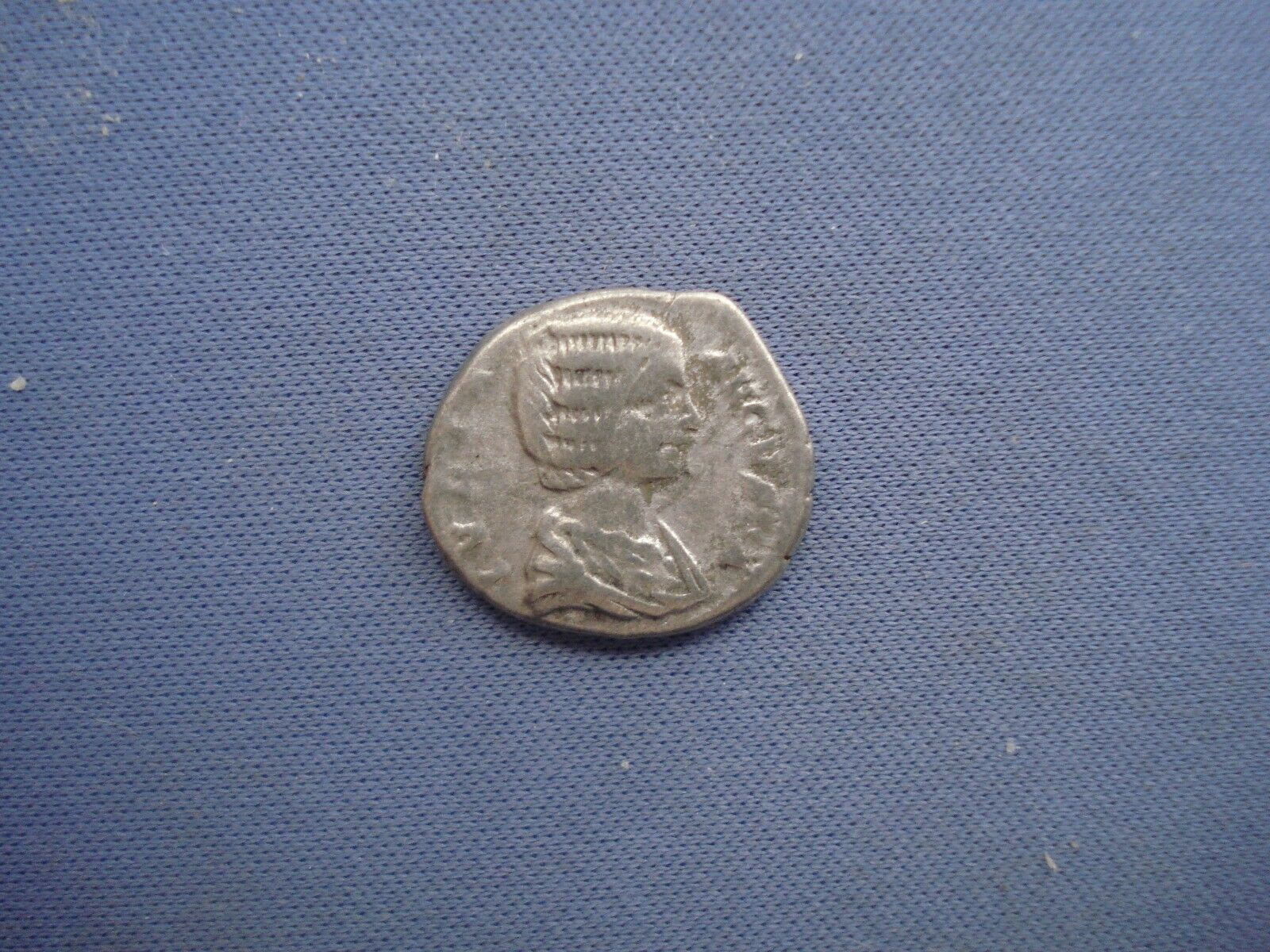-40%
Punjab Maharaja Amoghabhuti of the Kuninda 150-80 BC AR Drachm Choice XF
$ 139.91
- Description
- Size Guide
Description
KunindasPost-Mauryan coinage refers to the period of coinage production in India, following the breakup of the Maurya Empire (321–185 BCE).
The centralized Mauryan power ended during a Coup d'état in 185 BCE leading to the foundation of the Shunga Empire. The vast and centralized Maurya Empire was broken into numerous new polities. In the east, the newly formed Sunga Empire utilized the industries pre-established in Pataliputra.
Yona kings, which were once incorporated by or allied with the Mauryan Empire, settled in the Indus forming Indo-Greek Kingdoms bringing new coinage practices.[2] These techniques were utilized by the Indo-Scythian Kingdoms and Kushan Empire.
In the south the Satavahana Empire appeared, all with their specific coinage. The unified coinage, made of punch-marked coins, also broke up. In the northwest, several small independent entities were formed, which started to strike their own coins.





